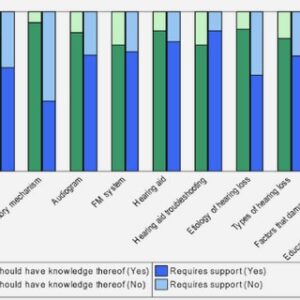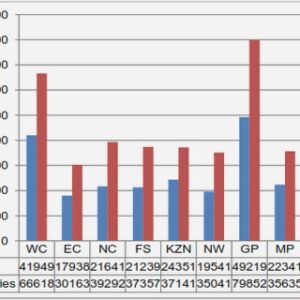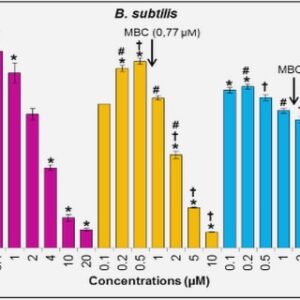(Downloads - 0)
For more info about our services contact : help@bestpfe.com
Table of contents
INTRODUCTION (FRANÇAIS)
INTRODUCTION (ENGLISH)
THEORETICAL FRAMEWORK
1. NEUROMUSCULAR FUNCTION AND FATIGABILITY
1.1 Fatigue and fatigability
1.2 Central origin of performance fatigability
1.2.1 Biological processes
1.2.2 Neural feedback from the muscles
1.3 Peripheral origin of performance fatigability
1.3.1 Ionic mechanism
1.3.2 Metabolic mechanisms: the role of pH and free phosphates
1.3.3 Concentration of free radicals
2. NON-INVASIVE MEASUREMENT OF PERFORMANCE FATIGABILITY
2.1 Neuromuscular performance
2.2 Performance fatigability
2.3 Performance fatigability etiology
2.3.1 Measurement of peripheral alterations
2.3.2 Measurement of cortical and spinal excitability and inhibition
2.3.3 Voluntary activation
3. NEUROMUSCULAR CHANGES WITH AGING
3.1 Neuromuscular alterations with age
3.1.1 Properties of the motor units
3.1.2 Age-related changes in the motor units
3.1.3 Changes in single muscle fibers function with age
3.1.4 Age-related alterations in motor drive and voluntary activation
3.2 Muscle function: force and power
3.2.1 Contraction mode affects the age-related differences
3.2.2 Sex-related differences in muscle function with age
4. AGE-RELATED ALTERATIONS IN PERFORMANCE FATIGABILITY
4.1 Isometric tasks
4.2 Concentric tasks
5. EFFECTS OF PHYSICAL ACTIVITY ON NEUROMUSCULAR FUNCTION OBJECTIVES AND HYPOTHESES MATERIALS AND METHODS
1. EXPERIMENTAL APPARATUS
1.1 Force and Torque measurements
1.1.1 Isometric custom-made chair
1.1.2 Isokinetic dynamometer
1.1.3 Customized cycle-ergometer
1.2 Electromyography
1.3 Stimulations
1.3.1 Femoral nerve magnetic stimulation
1.3.2 Peripheral Nerve Electrical Stimulation
1.4 Physical activity
2. FATIGUING AND FUNCTIONAL TASKS
2.1 Fatiguing tasks
2.1.1 The isometric quadriceps intermittent fatigue test
2.1.2 The isometric body-weight based QIF test
2.1.3 The concentric body-weight based QIF test
2.1.4 The body-weight based QIF test on the customized cyclo-ergometer
2.2 Functional capacity assessment
3. ADDITIONAL DATA
EXPERIMENTAL CONTRIBUTION
1. STUDY 1 ASSOCIATION BETWEEN PHYSICAL ACTIVITY, QUADRICEPS MUSCLE PERFORMANCE AND BIOLOGICAL CHARACTERISTICS OF VERY OLD MEN AND WOMEN
2. STUDY 2 AGE-RELATED DIFFERENCES IN PERFORMANCE AND FATIGABILITY DURING AN ISOMETRIC QUADRICEPS INTERMITTENT FATIGUE TEST
3. STUDY 3 EFFECTS OF OLD AND VERY OLD AGE ON PERFORMANCE AND FATIGABILITY DURING ISOMETRIC, CONCENTRIC AND CYCLING FATIGUING TASKS IN MEN
DISCUSSION AND PERSPECTIVES
CONCLUSION
PERSPECTIVES
REFERENCES




